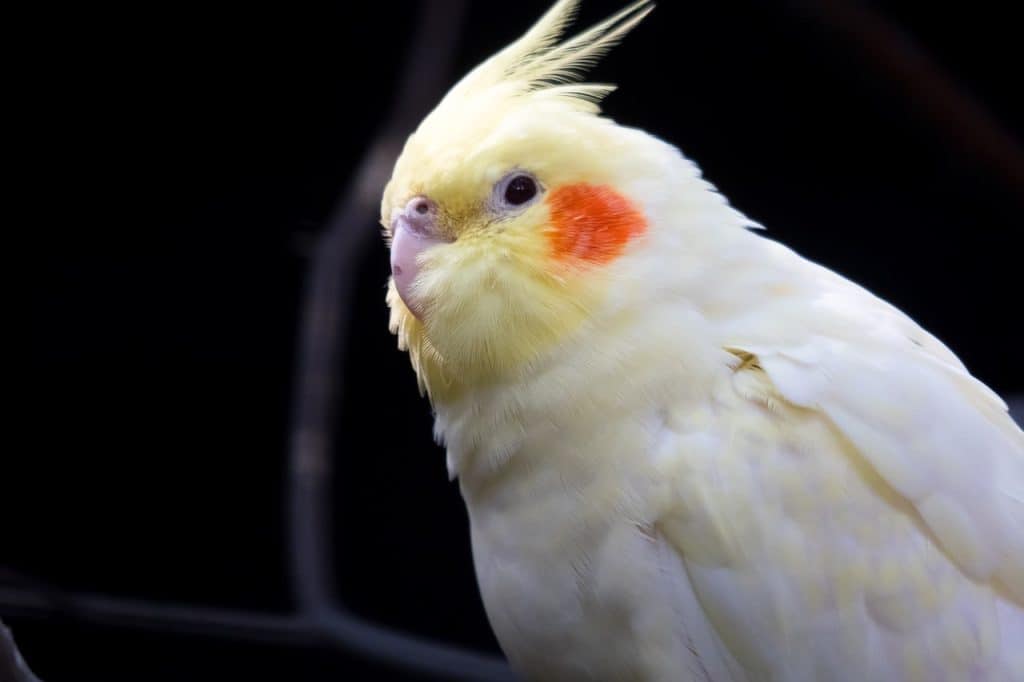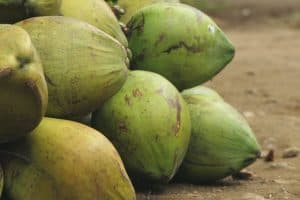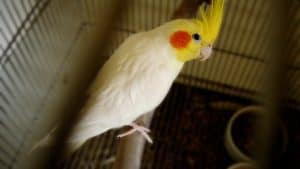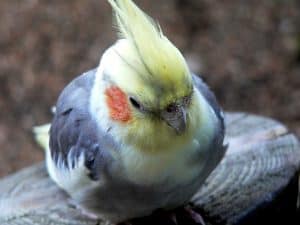Why do cockatiels have crests? The crest is one of the most distinctive features of these charming and popular pet birds. Cockatiels, which are part of the cockatoo family, are native to Australia and are the smallest members of that family.
They are known for their playful and affectionate natures, as well as their intelligence and charming vocalizations. The crest, which is a group of specialized feathers growing on the cockatiel’s head, serves a variety of functions. Chief among these is its use as a means of communication: the position of the crest can indicate the bird’s emotional state or its response to specific stimuli.
In this article, we will explore the various crest positions and what they mean, as well as some other aspects of the role that the crest plays in the life of the cockatiel.
The Functions of the Cockatiel Crest
The primary function of the cockatiel crest is to serve as a means of communication. The bird will change the position of its crest in response to various stimuli, conveying its emotional state or its level of interest in a situation. In addition to playing a role in communication, the crest is also simply a part of the cockatiel’s physical appearance: the bird would not be complete without it.
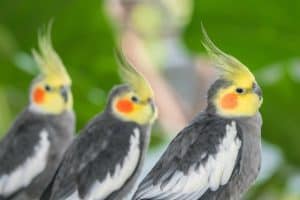
Expressing Emotions
Cockatiel body language is closely related to the position of the crest. By observing the crest position, cockatiel owners can better understand their bird’s emotions and respond to its needs. A fully raised crest typically indicates excitement or fear, while a lowered crest signifies a calm and relaxed cockatiel. Flat crest positions may indicate that the bird is feeling angry or irritated. As cockatiels are capable of experiencing a wide range of emotions, their crests can reveal a great deal about their internal state.
Cockatiel’s Crest Position
There are several crest positions that can be observed in a cockatiel, each signifying a different emotion or response:
Fully Raised Crest
A fully raised crest usually indicates excitement or fear. This position is assumed when the bird is startled or suddenly becomes aware of something new and interesting in its environment. A cockatiel in this state may also have fluffed cheek feathers and wide, alert eyes.
Lowered Crest
A lowered crest is indicative of a relaxed and calm cockatiel. The bird is content and feels secure in its environment. Owners can feel comfortable approaching and handling their bird when its crest is in this position.
Flat Crest
A flat crest can signify anger or irritation. If a cockatiel is feeling challenged or threatened, it may adopt this crest position and display other aggressive body language, such as hissing or lunging.
Crest Movement
Cockatiels are curious by nature and are constantly using their crests to respond to the world around them. The crest may be slightly raised when the bird is curious or focused on something. This represents an intermediate position between excitement and relaxation. If the crest moves suddenly from a raised to a lowered or flattened position, it may indicate that the bird is quickly shifting from excitement to anger, fear or agitation.
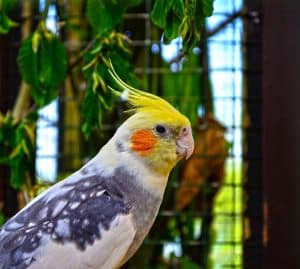
Cockatiel Crest Maintenance and Molting
Like all feathers on a bird’s body, crest feathers eventually wear out and need to be replaced. Cockatiels molt, or shed their old feathers and grow in new ones, about once per year. During this time, owners may notice that their bird’s crest appears thinner or less full than usual. It is important to provide a cockatiel with a balanced diet, rich in proteins and vitamins, to support healthy feather growth during the molting process.
- PREMIUM FORAGING MIX of bell peppers, papayas, pineapples, flax seed and almonds
- HAND-PICKED INGREDIENTS inspired by ancestral feeding habits of Cockatiels
- NATURAL with vitamins and minerals
- NO ADDED FILLERS or artificial preservatives
- PREBIOTICS and PROBIOTICS for digestive health
- OMEGA 3s to support brain and heart health
- VETERINARIAN-RECOMMENDED BRAND with more than 150 years of experience caring for pet birds
The Crest in Relation to Other Parrot Species

Cockatiels are not the only parrot species to possess a crest. Their larger cousins, the cockatoos, also have crests, which play a similar role in communication and expression. These birds, like cockatiels, use their crests to convey their emotions and reactions to the world around them.
The Significance of the Crest to Cockatiel Owners
Understanding the importance of the crest is essential for any cockatiel owner. It is critical for owners to pay attention to their bird’s crest position and body language to better meet its needs and ensure its wellbeing. By understanding and responding to the signals given by their crest, owners can form a stronger bond with their birds and provide a better quality of life for them.
In conclusion, the question “why do cockatiels have crests?” can be answered by understanding the communication and expressive functions of these specialized feathers. The various crest positions and their meanings are an important part of cockatiel body language, allowing these intelligent and sensitive birds to convey their emotional states and reactions to different stimuli. By observing and interpreting their crest positions, cockatiel owners can better understand and connect with their beloved pets.
